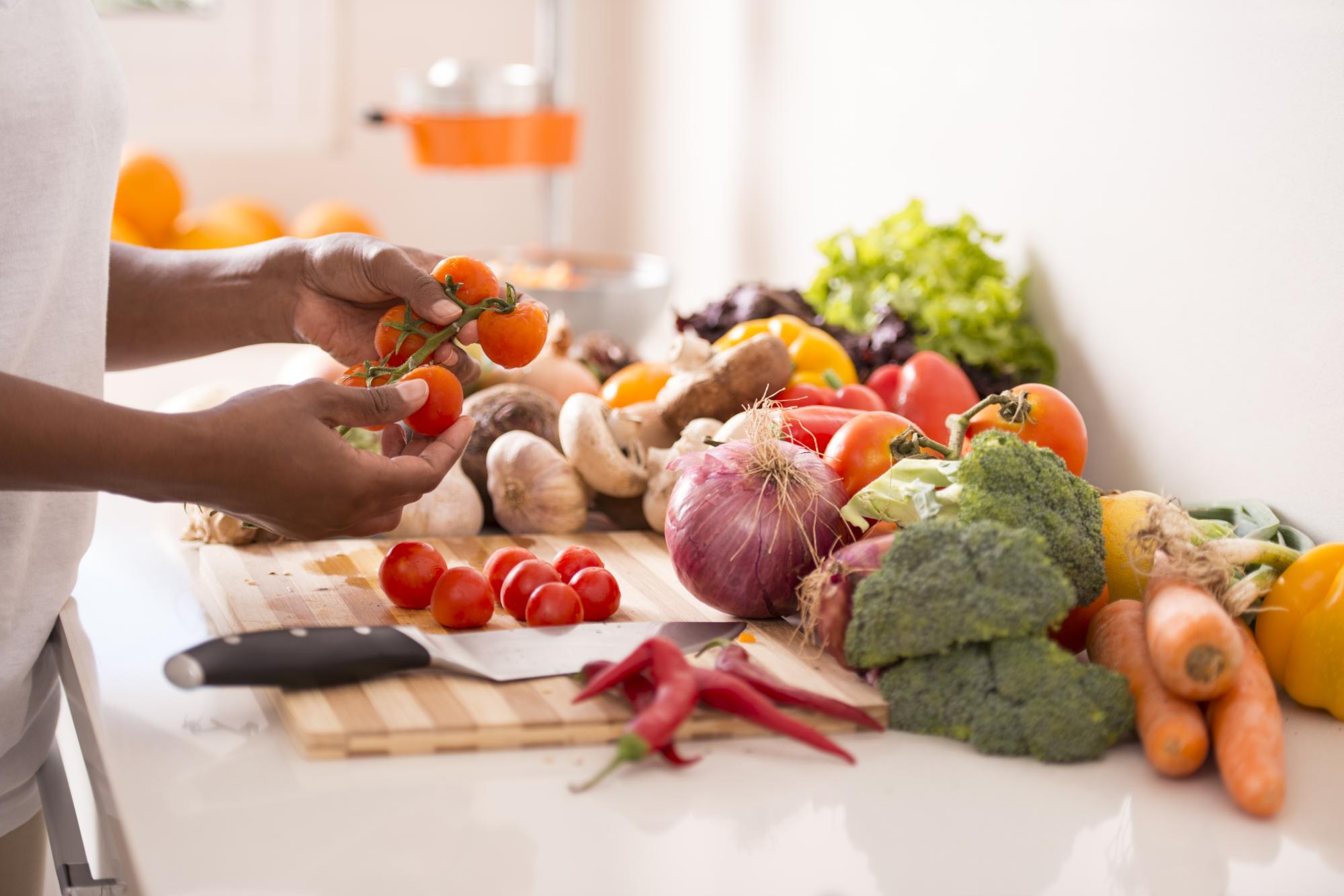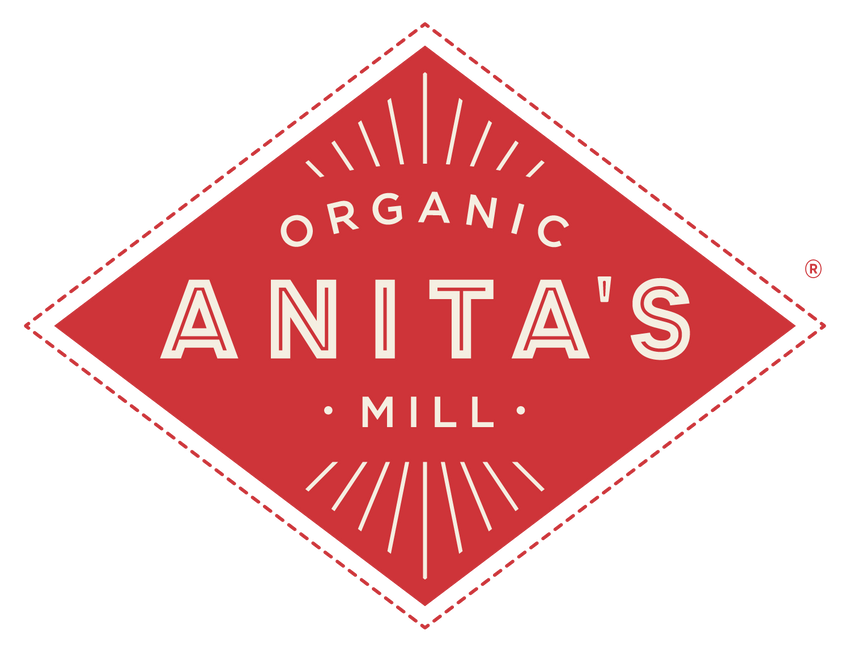
What are the Dirty Dozen (& Clean Fifteen)?
Each spring the Environmental Working Group (EWG) releases two lists aimed at helping shoppers navigate the produce aisle: the Dirty Dozen and the Clean Fifteen. With so many choices – and so many price points – to select from, EWG’s lists simplify the process of choosing between organic and conventional produce to optimize your health and maximize your food budget.
EWG’s findings are based on annual pesticide residue tests performed by the USDA. The USDA tests multiple samples of each produce item, washed and peeled to mimic how they would be consumed at home. EWG compiles that data into a ranking based on their list of defined criteria in order to more fully reflect the possible risk each poses to consumers.
Pesticides and Your Health
Pesticides can impact human health in a number of ways. Evidence suggests that exposure to organophosphates can have negative effects on brain and nervous system development in children. Long-term direct exposure to pesticides is associated with diseases like cancer and Parkinson’s, as well as chronic symptoms such as nausea, headaches, rashes, or even depression and anxiety. Studies that look at the health effects of food-based pesticide residues are rare because they are difficult to perform and require long-term data collection. However, a significant 2017 study found a correlation between consuming produce with high pesticide residues (many of the same items appear on the Dirty Dozen list) and reduced fertility in women. A previous study found a similar correlation with male fertility.The Dirty Dozen
Topping the list of fruits and vegetables with the most pesticide residues, the 2018 Dirty Dozen are:- Strawberries
- Spinach
- Nectarines
- Apples
- Grapes
- Peaches
- Cherries
- Pears
- Tomatoes
- Celery
- Potatoes
- Sweet bell peppers
- Hot peppers
The Clean Fifteen
The Clean Fifteen are fruits and vegetables that tend to have the smallest traces of pesticide residues. The 2018 Clean Fifteen are:- Avocados
- Sweet corn
- Pineapples
- Cabbage
- Onions
- Sweet frozen peas
- Papayas
- Asparagus
- Mangoes
- Eggplant
- Honeydew melon
- Kiwi
- Cantaloupe
Would you like to be the first to hear about our new products and more?
Sign up for our Nature’s Path Newsletter.








